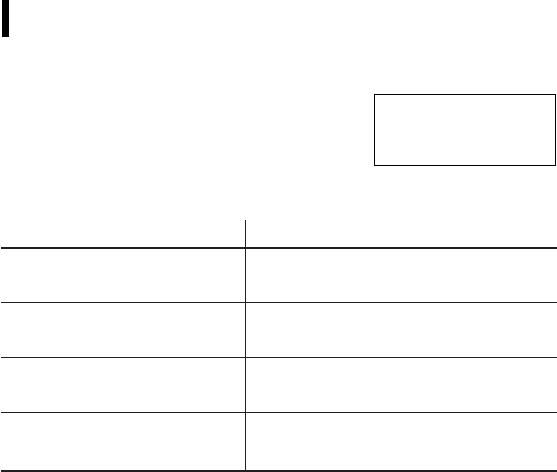
97
Radioactive decay
Carbon-14 (
14
C) is a naturally occurring radioactive isotope of carbon used in
the carbon dating process. Because carbon-14 decays at a steady rate, it is
possible to determine the age of a once living specimen by measuring the
residual amount of
14
C it contains.
Example
This program asks for a original mass and current mass of
14
C and tells you
how old the specimen is. It then finds the half-life of
14
C.
1. Press b 2 1 0 to open a window for creating a NEW
program.
2. Type DECAY for the title then press
e.
•A NEW program called ‘DECAY’ will be
created.
3. Enter the program as follows.
Program code Key operations
Print”ORIGINAL MASS i 1 @ a ORIGINAL s
MASS ; e
Input M≠ i 2 @ v M0 e e
e
Print”CURRENT MASS i 1 @ a CURRENT s
MASS ; e
Input M≥ i 2 @ v d M1 e
e e
Chapter 8: Application Examples
The mass of
14
C contained in a sample changes according to the
equation
M = M
0
e
–kt
or t = –––––––––
where M
1
= Mass of
14
C at time t
M
0
= Original mass of
14
C
k = Radioactive decay constant (for
14
C, k = 1.2118 × 10
–4
year
–1
)
t = Elapsed time in years
M
1
M
0
k
–ln ( ––– )
DECAY :NORMAL
PROGRAM?


















